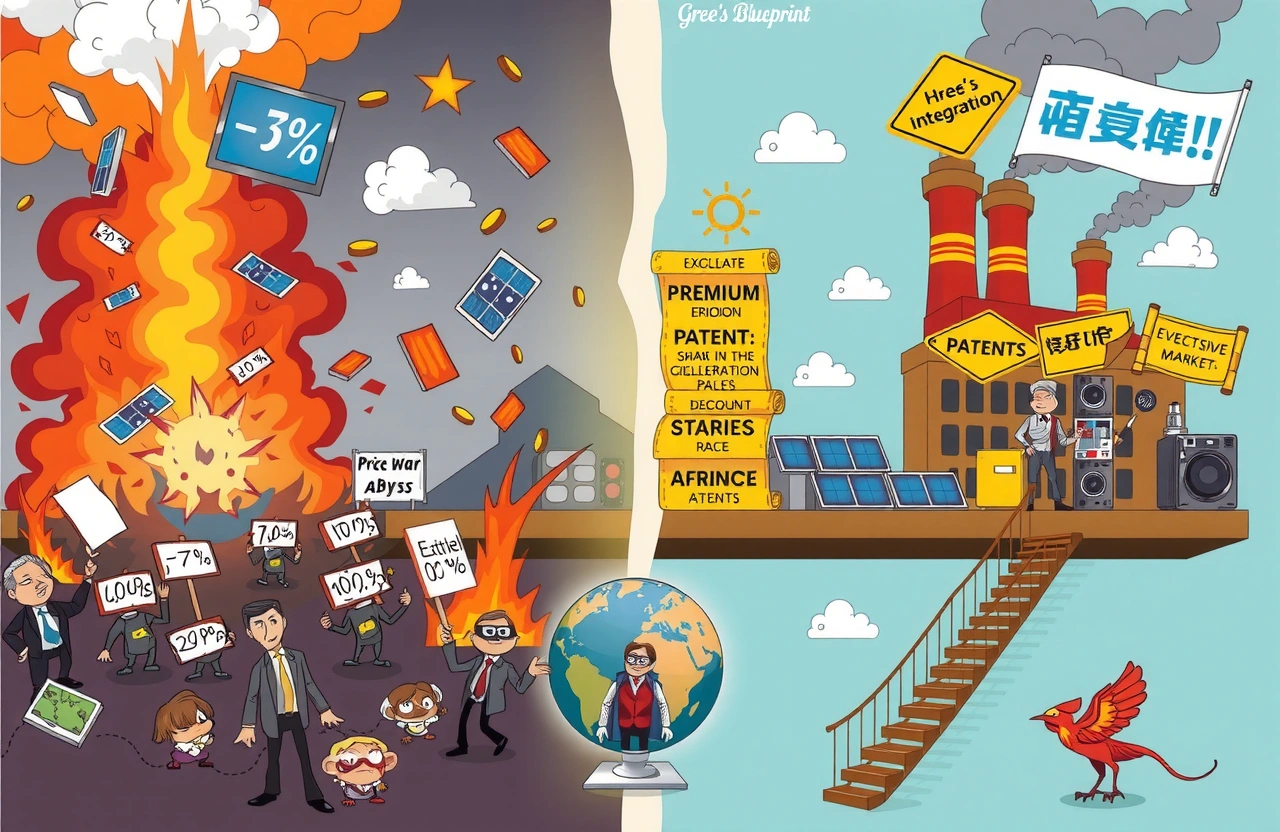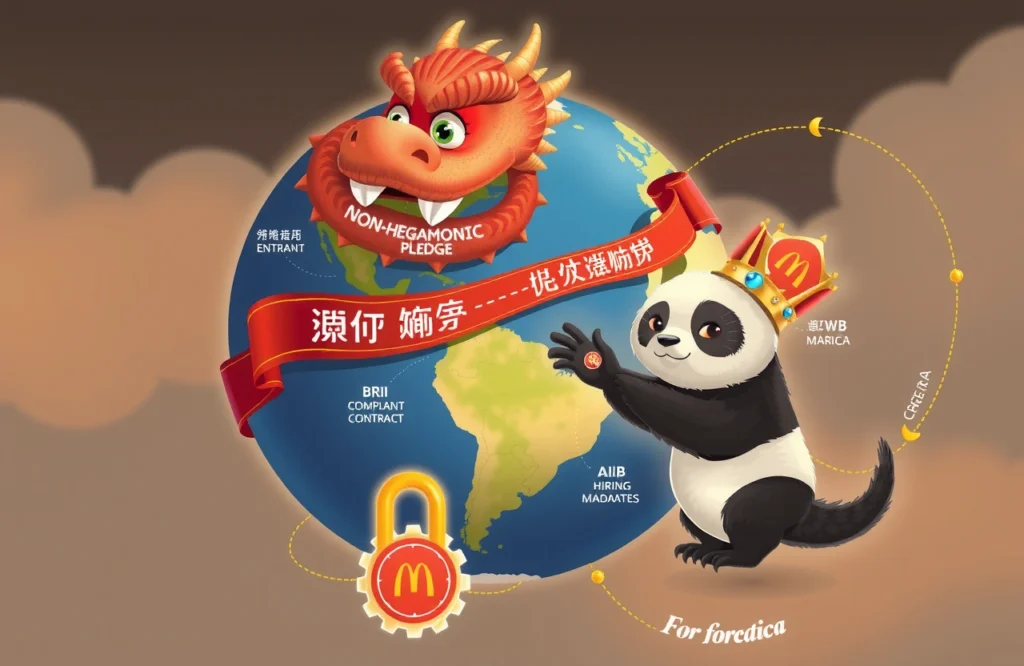A Stark Warning at the Global Forum
During the 2025 China Enterprise Globalization Summit in late June, sponsored by Snow Beer’s ultra-premium brand Li, Gree Electric’s Marketing Director Zhu Lei delivered a bombshell revelation. As industry leaders discussed navigating global supply chain shifts, Zhu disclosed that while Gree maintains 15% net profit margins internationally – unmatched in the air conditioning sector – competitors struggle to reach 9%. His central warning? Rampant excessive competition has already vaporized profits in industries like television and solar manufacturing, leaving companies operating at near-zero margins. This profit erosion, Zhu emphasized, stems from domestic manufacturers’ self-destructive competitive behaviors rather than external market forces.
The Devastating Impact of Excessive Competition
Case Studies: Industries on Life Support
The solar panel industry tells a cautionary tale. Despite global demand for renewable energy surging 300% since 2020, Chinese manufacturers engaged in such cutthroat excessive competition that profits vanished. Similar patterns emerged in television manufacturing:- Domestic price wars dropped profit margins below 1.5%- R&D budgets evaporated despite technological advancement- Quality compromises damaged ‘Made in China’ reputation globally
“Without Gree’s pricing discipline as an anchor, competitors wouldn’t even achieve 9% overseas margins,” Zhu stated bluntly during the panel discussion.
The Mathematics of Self-Destruction
Zhu’s analysis revealed how excessive competition triggers a death spiral:- Competitors undercut each other by 5-7% annually to gain market share- Raw material cost fluctuations eliminate already-slim margins- Export dumping prompts foreign anti-dumping tariffs up to 256% (EU Solar Panel Case, 2022)- Capital reserves for innovation disappear within 18-24 monthsThis unsustainable approach contrasts sharply with industries maintaining healthy competition like electric vehicles, where coordinated R&D partnerships preserved 8-12% margins despite intense rivalry.
Gree’s Blueprint for Sustainable Profitability
The Diversification Advantage
Gree’s consistent 15% international profitability hinges on strategic pillars:- Value over volume: Premium product focus targeting high-margin markets- Vertical integration: Controlling 90% of component production internally- After-sales ecosystem: Service contracts generating 23% of overseas revenueTheir approach rejects discount-driven excessive competition in favor of sustainable differentiation.
Technology as a Firewall
With 70,000 patents and $2.3B annual R&D investment, Gree converts innovation to premium pricing:- Smart HVAC systems command 28% price premiums- Energy efficiency patents licensed to competitors for royalty income- AI-driven predictive maintenance reduces warranty costs 17% annuallyThis technological edge creates natural barriers against margin erosion.
Why Zero-Profit Industries Fail Everyone
When margins approach zero, catastrophe follows:- Workforce exploitation: 62% of solar manufacturers violate labor standards (ILC Report 2024)- Quality collapse: Substandard materials increase product failure rates by 40%- Innovation freeze: R&D investment drops 110% faster than revenue- Cross-industry contamination: Component suppliers suffer cascading losses
The Leadership Imperative
Rejecting the ‘Race to the Bottom’
Zhu called for industry captains to demonstrate responsibility:- Joint capacity planning committees- Ethical pricing benchmarks reflecting true costs- Specialization agreements to reduce direct competitionThese measures could prevent suicidal excessive competition.
Policy Coordination Essentials
Effective frameworks require:- Centralised export volume monitoring- Tax incentives for cooperative R&D pools- Mandated reserve funds during high-margin periodsHistoric successes prove coordination works: China’s rare earth industry stabilized prices through the Association of China Rare Earth Industry.
Practical Steps Toward Industry Recovery
– Profit-first diagnostics: Map products to margin potential before scaling- Value chain alliances: Co-invest in upstream suppliers for mutual stability- Transparency pacts: Share capacity data to prevent systemic overproduction- Geo-diversification: Target underserved markets (African nations show 19% HVAC growth)German manufacturing hubs demonstrate annual industry coordination summits reduce overcapacity by 34% on average (Munich Business School Study).
Saving Chinese Manufacturing’s Future
Zhu Lei’s summit intervention serves as both warning and roadmap. Current excessive competition trends in vulnerable sectors will eliminate China’s manufacturing leadership within five years without intervention. Profit margins are the oxygen of industry – once depleted, collapse becomes inevitable. Business leaders must now choose between sustaining transient market share through mutually destructive tactics or embracing coordinated strategies that preserve value. The solution requires courage to prioritize collective survival over individual short-term gains. Initiate dialogue within your industry associations this quarter – before the margins disappear entirely.




